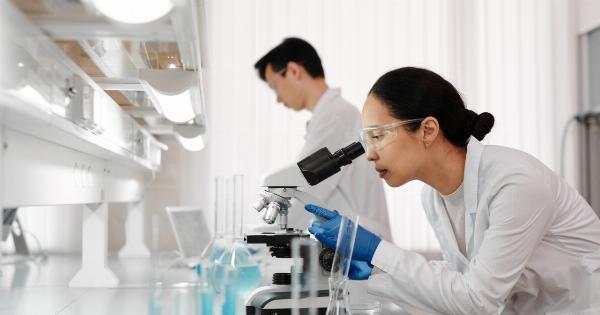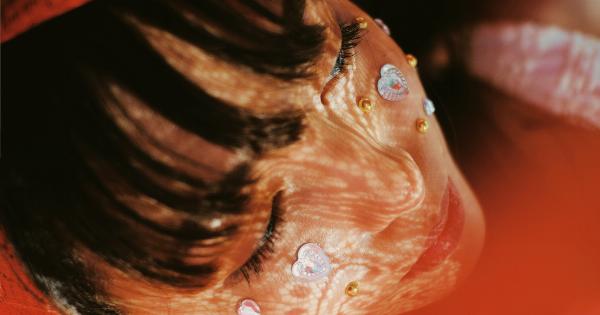Tragedy Strikes: Potential Risks of Modifying DNA in Twins.
The Rise of Genetic Engineering
Genetic engineering has made significant strides in recent years, offering immense potential in various fields, from medicine to agriculture. One area, in particular, that has garnered considerable attention is the modification of DNA in humans.
While this technology holds promise for treating genetic disorders and enhancing certain traits, it is not without its risks. In a shocking turn of events, tragedy struck when the first-known case of DNA modification in twins ended in devastating consequences.
The CRISPR-Cas9 System
Central to the ability to modify DNA is the CRISPR-Cas9 system. This revolutionary tool allows scientists to accurately edit an organism’s genes by cutting and replacing specific DNA sequences.
Its simplicity, accuracy, and cost-effectiveness have made it a game-changer in the field of genetic engineering. However, as with any powerful tool, there are ethical concerns and potential risks associated with its use.
Temptation of Designer Babies
The ability to modify DNA has raised the controversial topic of “designer babies.” Parents may be tempted to alter their children’s genes to enhance various desired traits, such as intelligence or physical appearance.
While this notion may seem appealing to some, it raises ethical questions and potential consequences that cannot be ignored.
The Chinese Twins Scandal
In 2018, the scientific community was rocked by the news of the birth of the first genetically modified twins in China. Dr.
He Jiankui, a Chinese scientist, claimed to have successfully used the CRISPR-Cas9 system to modify the DNA of two embryos, effectively altering the twins’ genetic makeup. It was an unprecedented move that sent waves of shock and concern throughout the world.
Failed Experiment Leads to Tragedy
Tragically, the experiment in question was a failure, resulting in unforeseen consequences for the twins. Dr.
He Jiankui claimed to have disabled a specific gene to make the twins resistant to HIV, but recent studies suggest that the modification may have inadvertently increased their susceptibility to other illnesses. This heart-wrenching revelation underscores the potential dangers and uncertainties associated with genetic manipulation in humans.
Unintended Effects of DNA Modification
Modifying DNA is a complex process that can have unintended consequences. While our understanding of genetics has come a long way, there is still much we do not know.
Geneticists are constantly uncovering new connections and interactions within our DNA, and altering one gene may unknowingly impact others. In the case of the Chinese twins, the modification aimed at protecting them from one illness may have made them more susceptible to others, highlighting the inherent risks of manipulating the intricate web of our genetic code.
Uncharted Territory: The Long-Term Impact
Gene editing technology is relatively new, and its long-term effects on human health and development are largely unknown.
Altering the genetic makeup of an individual or population carries the potential for far-reaching consequences that may only surface after significant time has elapsed. Without thorough research and extensive testing, we cannot fully comprehend the potential risks we are subjecting future generations to.
Unanswered Ethical Questions
Aside from the scientific uncertainties, the ethical dilemmas surrounding DNA modification are substantial. The notion of “playing God” and determining specific traits for individuals raises serious moral concerns.
Who gets to decide what is desirable in a human being? What are the implications for societal norms and equality? These are questions that need careful consideration and public debate before proceeding with further experiments.
Regulatory Framework for Genetic Engineering
The Chinese twins scandal has shed light on the pressing need for a robust and comprehensive regulatory framework for genetic engineering.
It is crucial to establish guidelines and international standards to ensure ethical practices and prevent reckless experimentation. Proper oversight, transparency, and accountability are essential to prevent tragedies like the one experienced by the Chinese twins from occurring again.
Responsible Use of Genetic Engineering
While the case of the Chinese twins serves as a horrifying reminder of the potential risks associated with modifying DNA, it does not imply that all genetic engineering is inherently dangerous.
As technology evolves, it is imperative to proceed with caution and prioritize responsible use. The focus should be on rigorous research, collaboration between scientists and ethicists, and open dialogue with the public to navigate this complex terrain.
Conclusion
The tragedy that unfolded with the Chinese twins serves as a stark warning of the potential risks involved in modifying DNA in humans.
As scientists continue to explore the realm of genetic engineering, it is vital that they exercise caution, adhere to stringent ethical standards, and involve the public in discussions and decision-making processes. Only through responsible action and global collaboration can we harness the true potential of genetic engineering while minimizing the potential for future tragedies.































